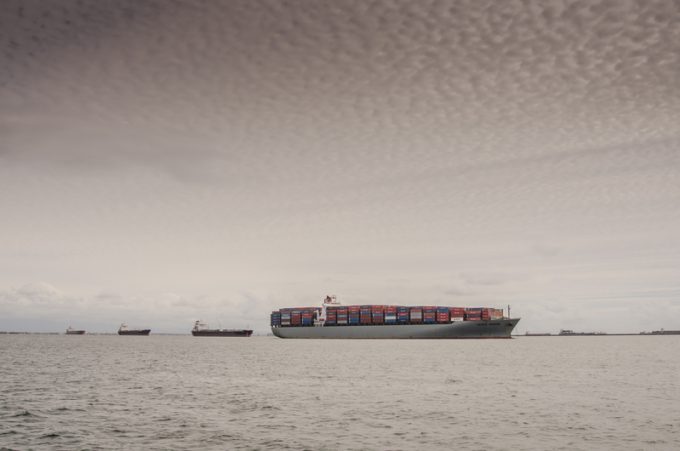Asia-USEC shippers to lose 42% capacity in a surge of blanked sailings
The eastbound transpacific trades are set to see a surge of blanked sailings over the ...

Container freight and charter markets are continuing to boom post-Chinese New Year, and analysts expect favourable conditions for carriers and shipowners to last at least into the second half.
“Unseasonal strength in container volumes and port congestion have buoyed freight markets, while in the time-charter markets, demand for vessels has outstripped wider growth in container trade, conditions that are expected to endure at least into H2 21,” says the latest sector report from Maritime Strategies International (MSI).
While container spot rates stubbornly ...
USTR fees will lead to 'complete destabilisation' of container shipping alliances
Outlook for container shipping 'more uncertain now than at the onset of Covid'
Flexport lawsuit an 'undifferentiated mass of gibberish', claims Freightmate
Shippers warned: don't under-value US exports to avoid tariffs – 'CBP will catch you'
Cancelled voyages take the sting out of spot rate declines this week
New Houthi warning to shipping as rebel group targets specific companies

Comment on this article